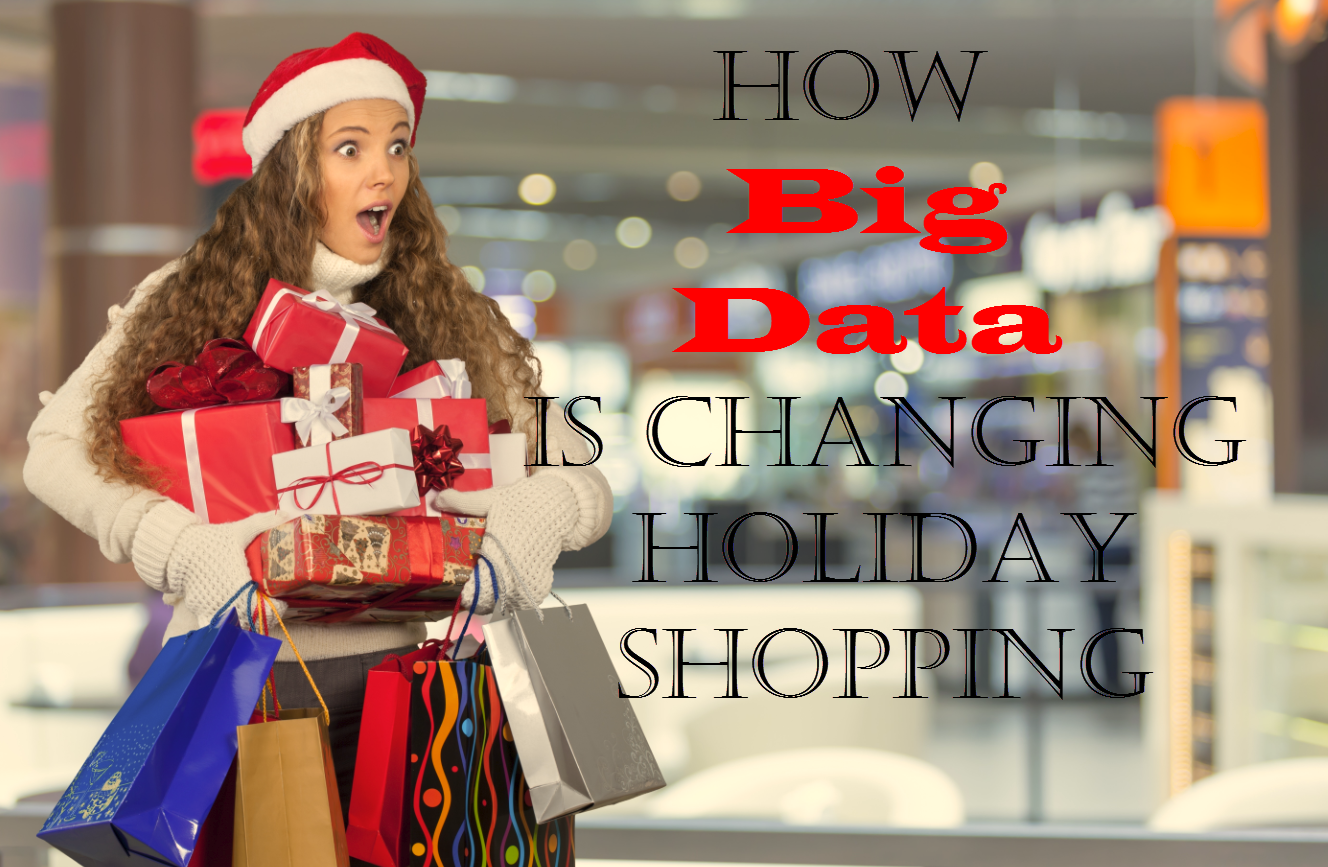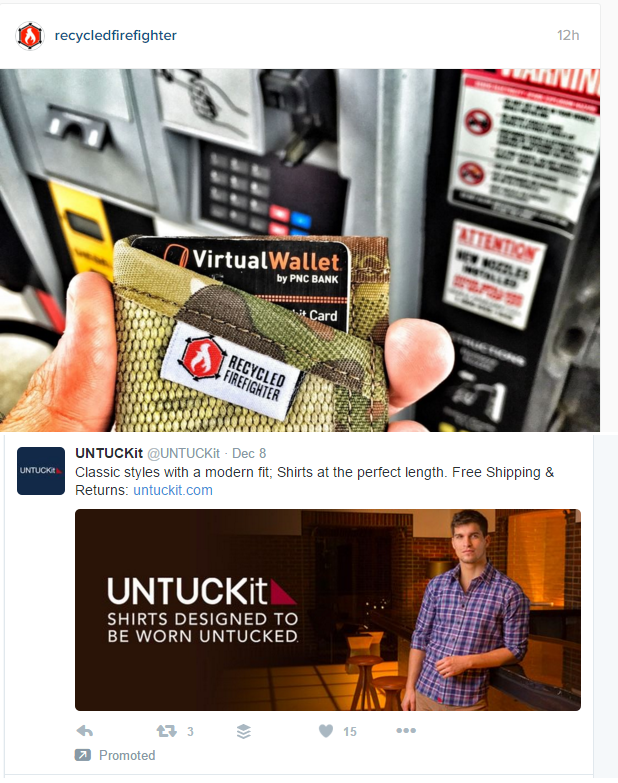Christmas is a magical time of year. I still remember the Christmas when I was 7 years old. After all the gifts had been opened my parents made me take the trash out to the road. It had been a great Christmas I was very happy with all my gifts and so I skipped off to take the trash to the road. When I was back in the house my parents said they had found another gift from Santa. I started to tear the paper away and found a Nintendo (NES). The rest of my Christmas break was spent with endless days Mario and Duck Hunt.
The Holidays are a really special time of year but for my friends in the retail business it’s make or break time. Just this week when I was shopping I couldn’t help but realize how Big Data was impacting my own Holiday shopping. For the last two months of the year retailers have days called Black Friday, Cyber Monday, or Super Saturday. Retailers who are winning big are using Big Data to help consumer get the products they want and maximize profit at the same time. Here are 3 area I really noticed the use of Big Data…..

Price Points
Ever wondered how retailers know what price to set for those Black Friday deals or why it seems they always have something for everyone? Retailers are using Big Data to set price points. These price point algorithms are getting consumers the products they want for the highest price possible. So while it seems all the prices are rock bottom the retailer is still making a profit somewhere.
Prices points are not just set for Black Friday but throughout the season. If you like me you wait until the last minute to get that holiday shopping done. During those last days before Christmas I’ve found better deals than the Black Friday deals.
Retailers are now able to have a 360 degree view of their business. Real time analysis is being done at chains like Walmart and Target every time an item is purchased anywhere in the world. No retailer wants to end the Holiday season with warehouses full of Christmas Tickle Me Elmo dolls. From the supply chain down to the customer, the business knows how to set the price points to maximize profit.
Loyalty Rewards Programs
What incentives can a retailer give a customer to increase the likelihood of them making a purchase? If they’ve signed up for a loyalty program the retailer has a pretty good idea. Loyalty reward programs give retailers like Dick’s Sporting Goods or Academy Sports insight into what customers are purchasing. Along with their email, home address, and phone number. retailers then use that data along with Social Media data, credit reports, mobile data, and more to test different marketing campaigns.
A simple example is you have been put into a category of potential consumers who might interested in Star Wars. Maybe it’s because of your purchase of the Blue-ray Star Wars IV, V, and VI back 3 years ago. Now the retailer can use real-time data to send you offers for Star Wars products you want. Get ready to purchase those adult size Yodi pajamas.
Loyalty programs are a gold mine of data for retailers. Even when consumers give incomplete data about age, interest, and social data, other data sources can be used to fill the gaps. By munging data from different sources consumers are given a customized experience from their favorite retailer.
Social Media
I’ve never been crazy about signing up for loyalty reward programs. I’m always in a hurry and never wanted to carry around a card or fill out long forms. However I am pretty active on Social Media. In fact, most people have a different Social Media accounts that they have been collecting data on for years. Think about it for a second. I won’t fill out a form for a loyalty program but I’ve spent years fill out my Facebook account.
Retailers can find use information from Social Media in many ways:
- Does this person follow/like our page?
- What are there interest?
- What do their friends like?
- Where do the live?
- Where do they check-in?
- What’s in their browser cache?
By taking information from Social Media Retailers can send customized ads to consumers. These ads are going to be more relevant because your Social Media data has many data points.

How can they use my likes?
I’m a was a huge 24 fan back when the series was going. Remember it had Kiefer Sutherland trying to stop a terrorist attack in 24 hours. Each episode represented 1 hour of real-time. So naturally I liked it on Facebook. What could a retailer do with that data? I mean 24 has long been canceled. They can use that data like Netflix does to build a profile of me. Build recommendations for new movies I might purchase or products I might like.
Social Media data represents the 360 degree view of the customer. Retailers who are using Social Media data are in a unique position to offer customized user experiences. Give the customers what they want before they know they want it, just like Steve Jobs did.
Win-Win
Whether it’s price points, loyalty reward programs, Social Media Marketing, or a combination of all, Big Data is impacting the way we are shopping this Holiday Season. In most cases it’s a win-win for both the consumer and retailer. The retailer wants to offer products their consumers want and consumer want a customized shopping experiences.